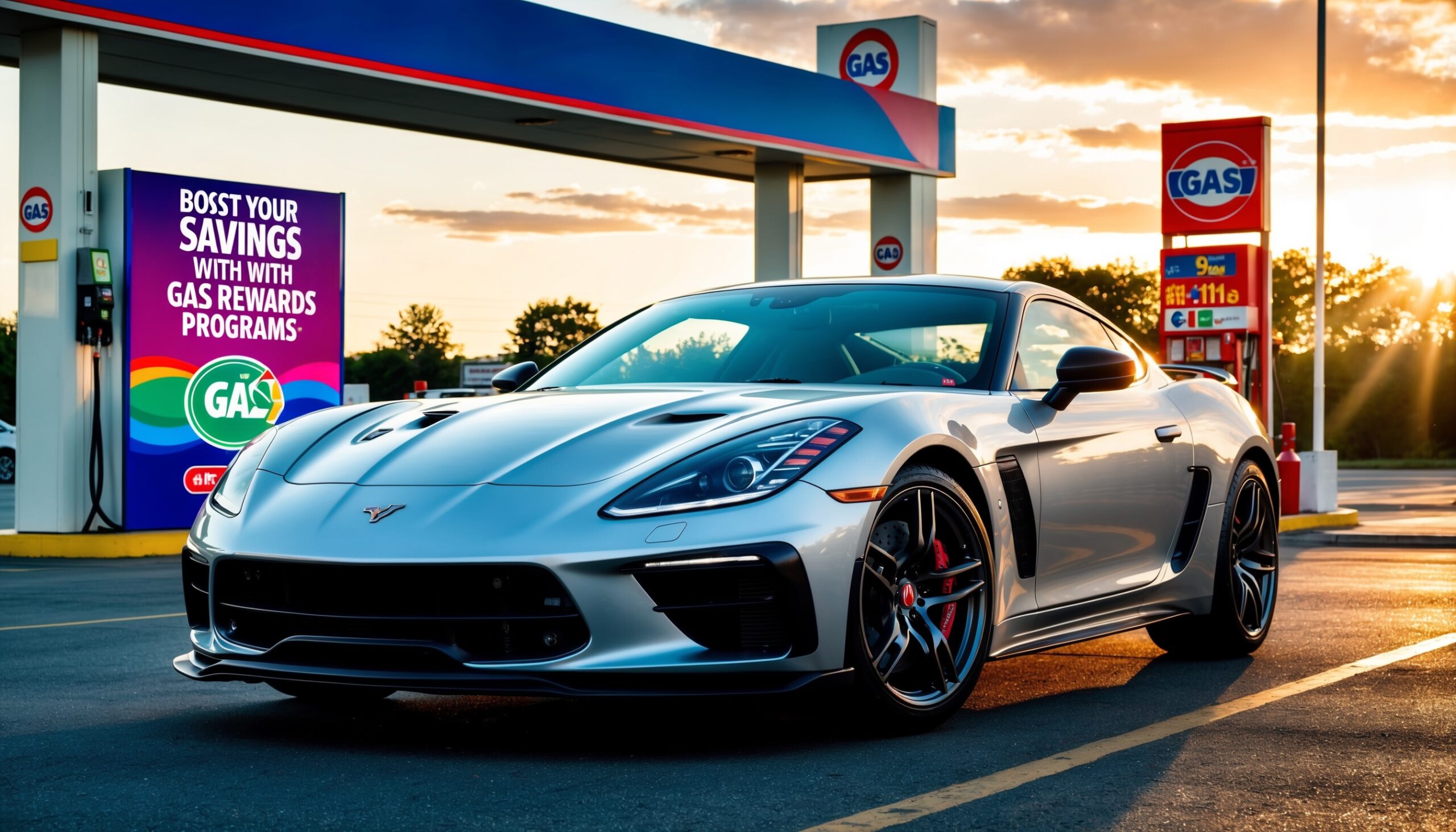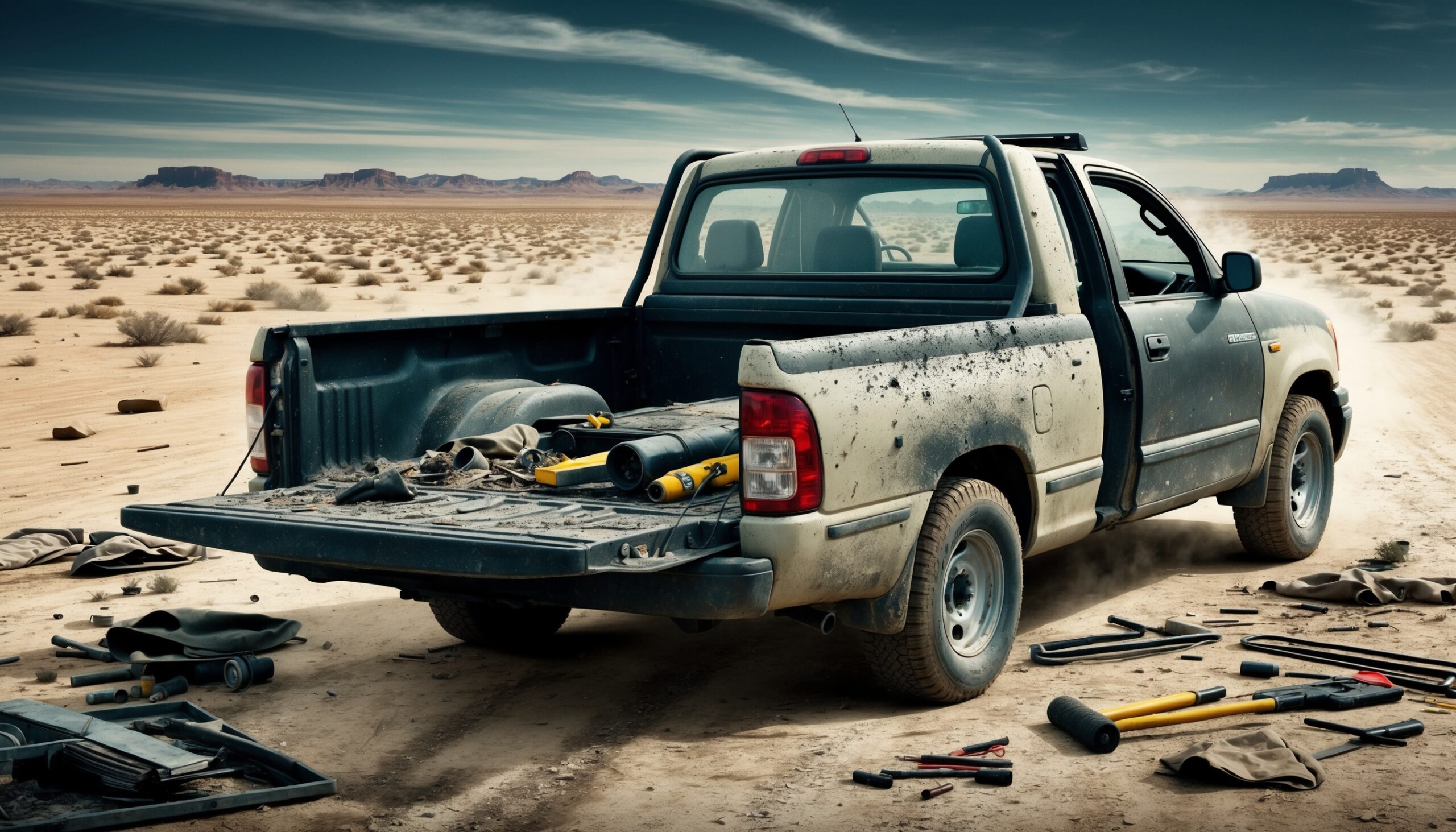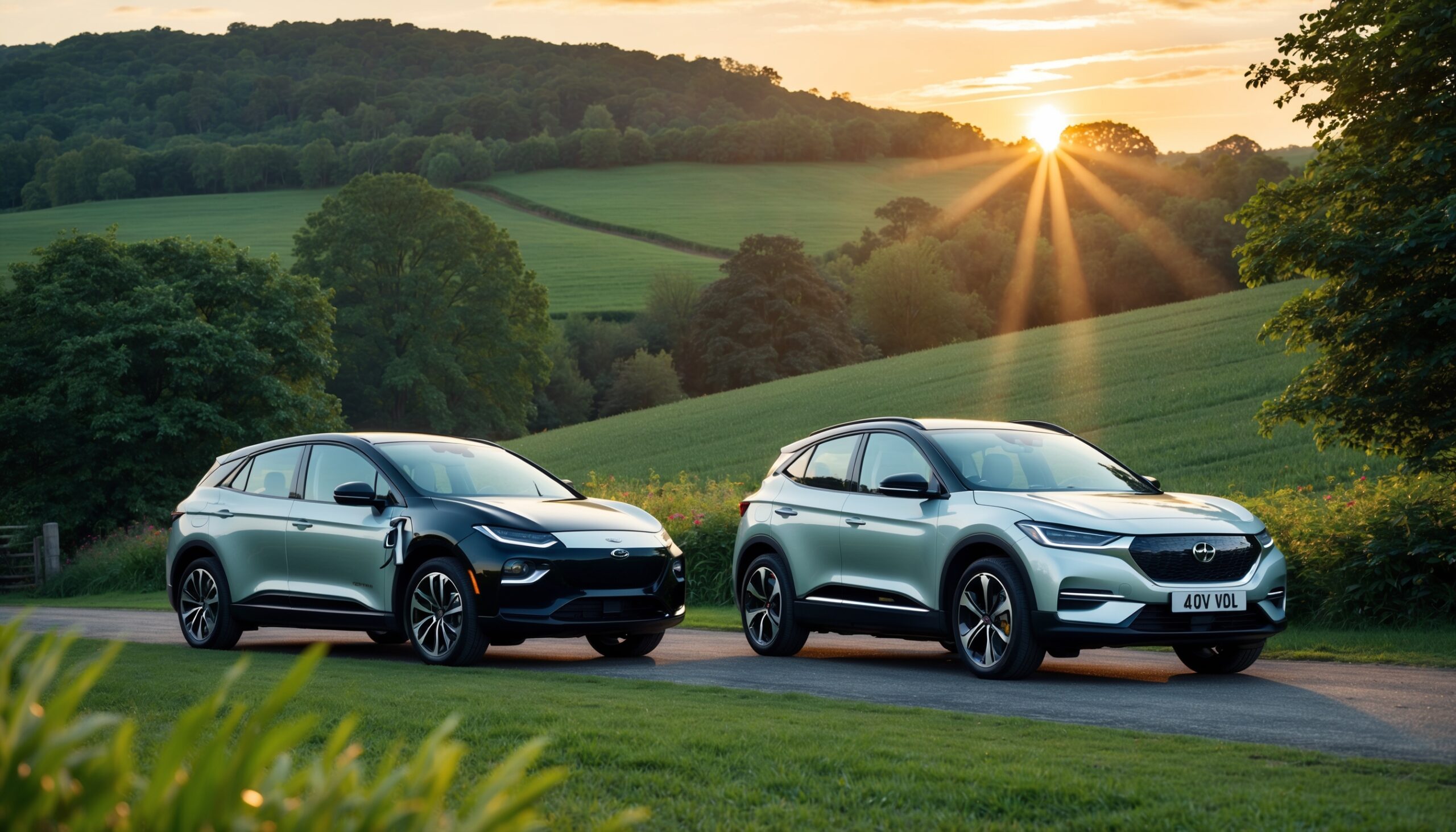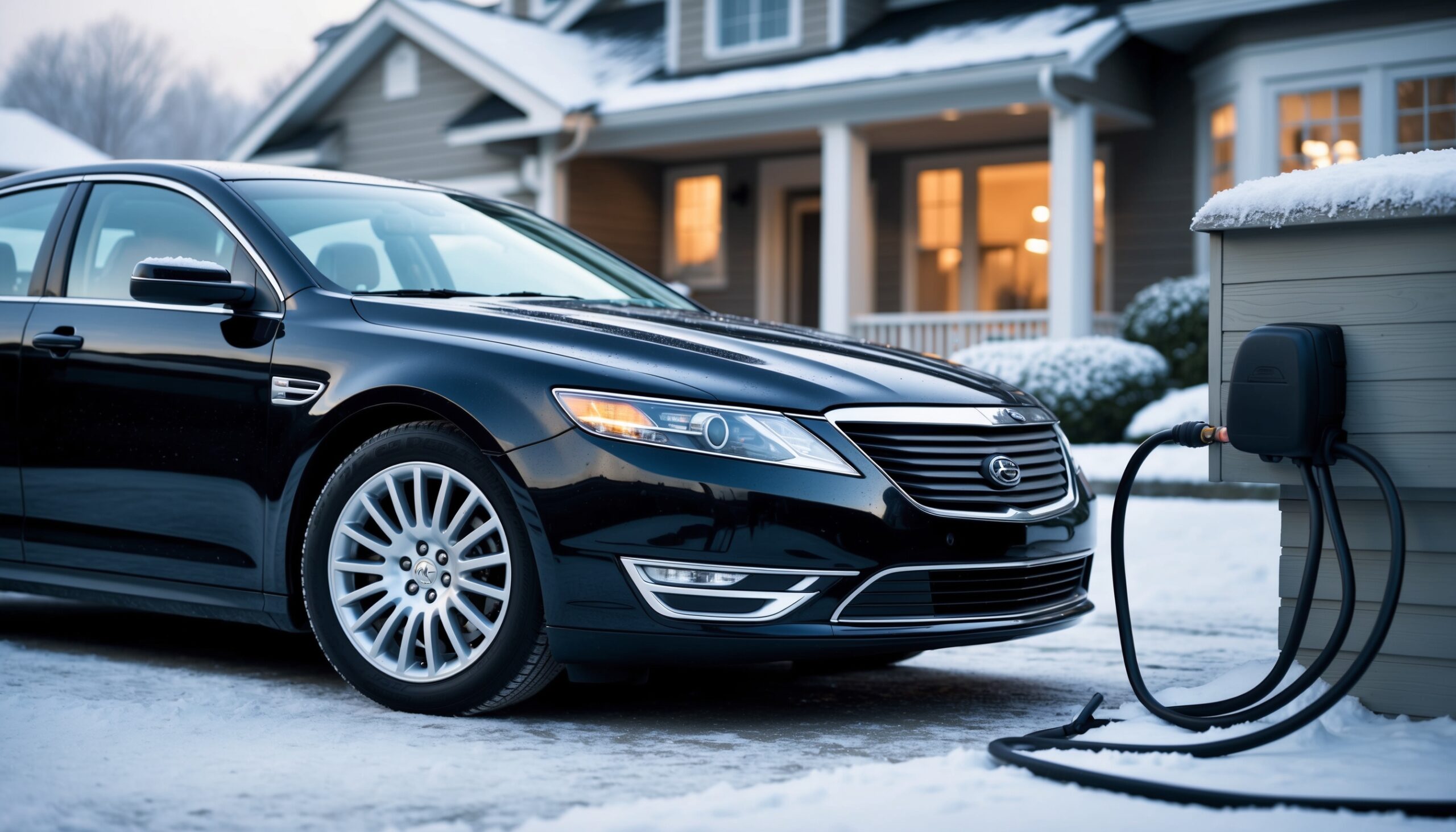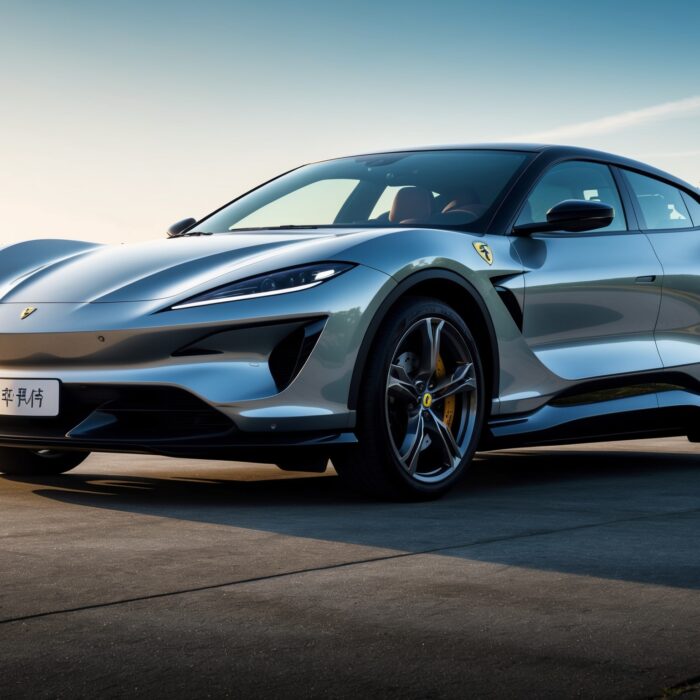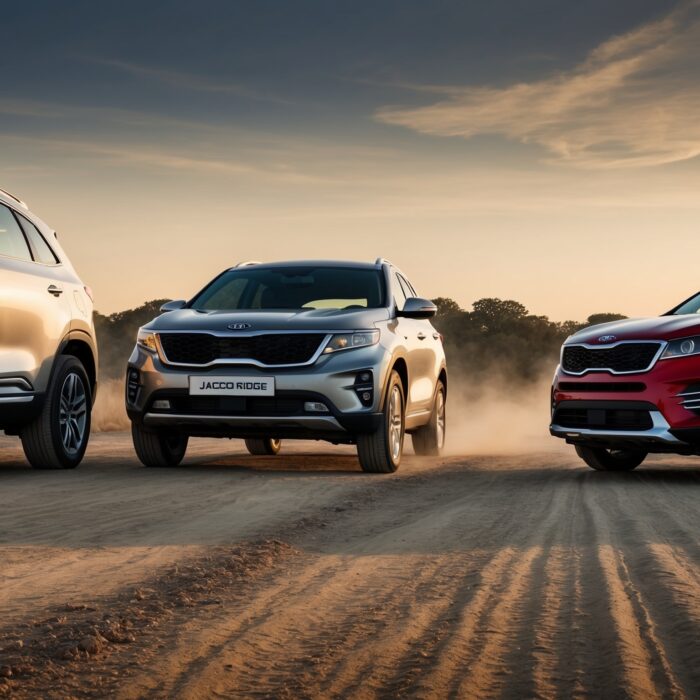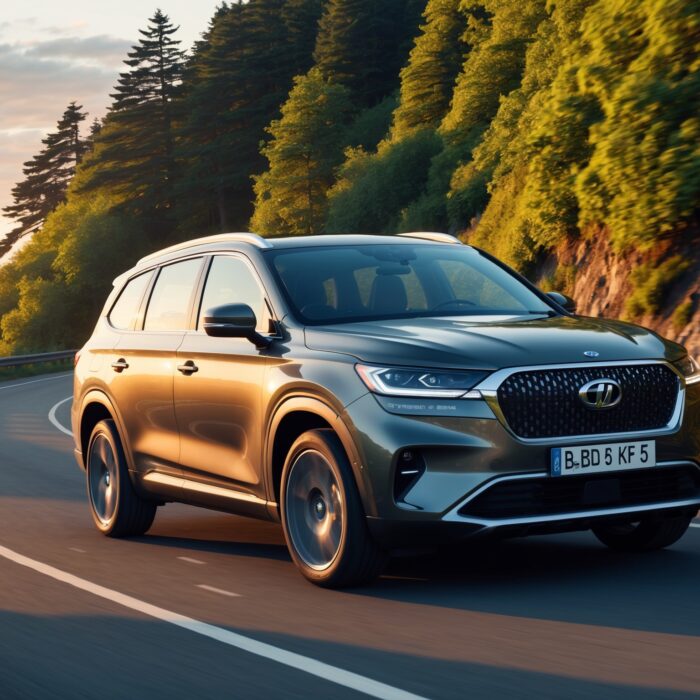The Last Country with No Traffic Lights: A Unique Driving Experience
If you’re a car enthusiast, the thrill of the open road is something that resonates deeply. The sound of an engine revving, the feeling of acceleration, and the freedom to explore new terrains is what draws many of us to our vehicles. Imagine a place where you can experience driving without the constant interruptions of traffic lights. Sounds intriguing, right? Welcome to the fascinating world of the last country with no traffic lights—an automotive paradise that promises a unique driving experience. In this post, we’ll explore not only this remarkable country but also what makes driving there so special, the cultural nuances, and why every car lover should consider a road trip there.
The Enigma of Traffic Lights
Traffic lights have become a staple in our daily lives, dictating the flow of vehicles in urban environments. They serve a crucial purpose, ensuring safety and order on crowded streets. Yet, they can also be a source of frustration, causing delays and interrupting the smooth flow of traffic. Now, imagine a world where traffic lights simply don’t exist. This is the reality in the last country with no traffic lights: the tiny nation of Bhutan.
Also Read: Unveiling the Fascination of Horsepower in Modern Car Engines
Bhutan: A Brief Overview
Nestled in the eastern Himalayas, Bhutan is a small landlocked country bordered by India and China. Known for its stunning landscapes, rich culture, and commitment to preserving its environment, Bhutan has garnered attention from travelers worldwide. The country is unique in many ways, but its lack of traffic lights is perhaps the most surprising. So, how did a nation with such modern aspirations choose to forgo this fundamental aspect of urban planning?
A Commitment to Preservation
Bhutan’s approach to development is deeply intertwined with its cultural identity and a philosophy known as Gross National Happiness (GNH). This guiding principle emphasizes the well-being of its citizens over mere economic growth. As a result, Bhutan has taken a deliberate approach to maintain its natural beauty and cultural heritage. This commitment extends to its transportation system as well.
Driving in Bhutan: A Unique Experience
Driving in Bhutan is undeniably different from what most of us are accustomed to. Without traffic lights, the flow of vehicles is managed through a combination of roundabouts, road signs, and the vigilant presence of traffic police. Here are some key aspects that make driving in Bhutan a unique experience:
- Scenic Routes: The roads in Bhutan wind through stunning landscapes, offering breathtaking views of mountains, valleys, and traditional villages. Every drive feels like a journey through a postcard.
- Cultural Interactions: The absence of traffic lights encourages drivers to engage with one another. You might find yourself waving at fellow motorists or sharing a smile with pedestrians as you navigate the streets.
- Respect for Nature: Bhutan is committed to preserving its environment. Roads are often built with minimal disruption to the land, and driving here feels like a harmonious blend of man and nature.

The Driving Culture in Bhutan
The driving culture in Bhutan is as fascinating as the country itself. With a relatively small population and a limited number of vehicles, driving feels like an intimate experience. Here are some aspects of Bhutan’s driving culture that stand out:
Traditional Vehicles
In Bhutan, you’ll find a mix of traditional and modern vehicles. While you may encounter the occasional luxury car, most vehicles are practical and designed for the rugged terrain. From compact cars to sturdy SUVs, the vehicles reflect the landscape they navigate.
Road Etiquette
Without traffic lights, road etiquette becomes crucial. Bhutanese drivers are known for their patience and courtesy. It’s common to see drivers yielding to pedestrians and cyclists, creating a cooperative atmosphere on the road. This behavior fosters a sense of community and mutual respect among road users.
Festivals and Celebrations
Driving in Bhutan also often coincides with vibrant festivals and celebrations. The country is rich in cultural events, and during these times, the roads become a spectacle of color and joy. Locals take to the streets to celebrate, and as a driver, you become part of this festive atmosphere.
The Challenges of Driving in Bhutan
While driving in Bhutan offers a unique experience, it’s not without its challenges. Here are some factors to consider:
- Road Conditions: Many roads in Bhutan are narrow and winding, often carved into the mountainsides. This can be both exhilarating and challenging, especially for inexperienced drivers.
- Altitude: Bhutan’s high altitude can affect both vehicles and drivers. Make sure you’re prepared for the thinner air and its impact on your stamina.
- Weather Variability: Weather conditions in Bhutan can change rapidly, especially in mountainous regions. Be ready for rain, fog, or even snow, depending on the season.
Planning Your Road Trip in Bhutan
If the idea of driving through the breathtaking landscapes of Bhutan excites you, planning your road trip is essential. Here are some tips to ensure a smooth journey:
Choosing the Right Vehicle
Given the diverse terrain, renting a sturdy SUV or a four-wheel-drive vehicle is advisable. This will provide you with the necessary traction and stability on the winding mountain roads.
Best Time to Visit
Bhutan’s climate varies by season. The best time to visit for driving is typically from March to May and September to November. During these months, the weather is generally pleasant, and the roads are in better condition.
Understanding Local Laws
Familiarize yourself with Bhutanese driving laws. For instance, wearing seat belts is mandatory, and using mobile phones while driving is prohibited. Understanding and respecting these laws will enhance your driving experience.
Exploring Beyond the Roads
While driving is a significant part of the experience, don’t forget to explore the rich culture and traditions of Bhutan. Here are some must-see attractions:
Also Read: Engine Block Heaters: Essential or Extra for Your Ride?
- Paro Taktsang (Tiger’s Nest Monastery): This iconic monastery perched on a cliff offers stunning views and a glimpse into Bhutan’s spiritual heritage.
- Punakha Dzong: Known as the “Palace of Great Happiness,” this majestic fortress is a stunning example of Bhutanese architecture.
- Buddha Dordenma: A massive statue of Buddha overlooking Thimphu, this is a symbol of peace and prosperity.
Engaging with the Locals
One of the most rewarding aspects of driving in Bhutan is the opportunity to connect with locals. Take the time to stop at small villages, share stories, and perhaps even enjoy a cup of traditional butter tea. The warmth and hospitality of the Bhutanese people will enhance your experience immensely.
The Future of Driving in Bhutan
As Bhutan continues to develop, there are discussions about introducing more advanced traffic management systems. However, the nation’s commitment to maintaining its cultural identity and environmental integrity suggests that the absence of traffic lights may remain a cherished aspect of Bhutanese life.
For car enthusiasts and adventurers alike, Bhutan offers a driving experience unlike any other. The open roads, stunning landscapes, and cultural richness make it a destination worth exploring. So, pack your bags, grab your keys, and set out on a journey that will surely be etched in your memory for years to come. With the ethos of Torque Feed in mind—embracing the love of cars and the joy of driving—Bhutan stands as a testament to the beauty of the open road without the constraints of traffic lights. Happy driving!

